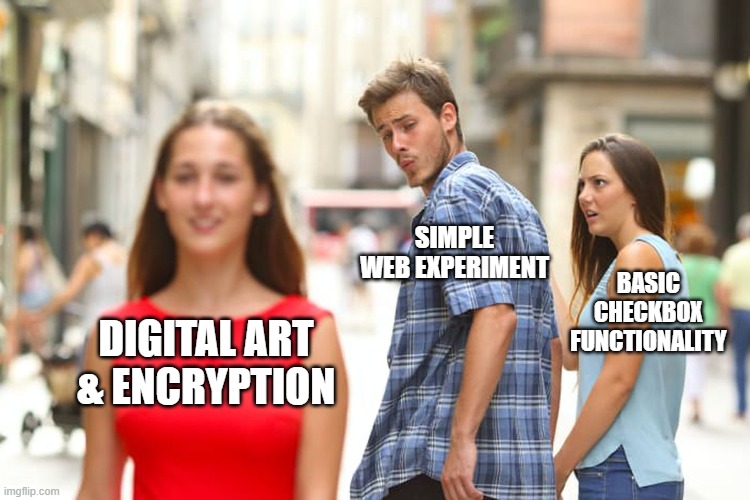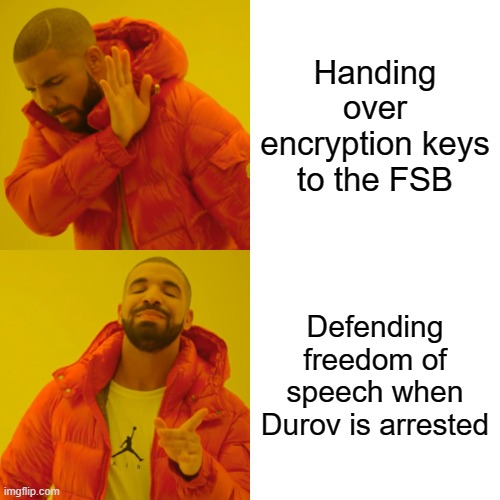The Birth of a Simple Idea
When I first heard about the website One Million Checkboxes (OMCB), I was amused by its simplicity. A single webpage with a million empty checkboxes, where each click would toggle a checkmark visible to all users, seemed like nothing more than a quirky online experiment. The creator, Nolen Royalty, didn’t anticipate much attention—perhaps a few hundred curious visitors. But within weeks, the site went viral, attracting over 500,000 users who collectively clicked those checkboxes 650 million times.
The Unexpected Turn
What happened next was something no one could have predicted. After resetting the checkboxes and planning to end the experiment, Royalty noticed something strange—a group of users had found a way to turn these simple checkboxes into something far more complex. They weren’t just clicking them randomly; they were encrypting messages, creating images, and even animating GIFs using the binary data stored by the site.
How Did They Do It?
The process was both ingenious and a bit mischievous. By manipulating the state of the checkboxes, these users could encode binary data. For instance, a sequence like 1101 could represent a pattern where all but the third checkbox were filled. They realized that with careful coordination, they could use this method to draw pictures and send hidden messages. And because the width of the webpage adjusted to the user’s browser, these images would only be visible to others using the exact same window size.
The Community Grows
What started as a small group of 20 enthusiasts soon grew to 60 as more people cracked the code. These weren’t just random Internet users; they were a group of determined teenagers who had turned Royalty’s joke into a collaborative art project. They filled the checkboxes to create pixelated images, write slogans like “be gay do crime,” and even hide QR codes linking back to their Discord server, appropriately named “Checking Boxes.”
The Artistic Finale
As the site’s end drew near, the community took their creativity to the next level. They used bots to automate the process, allowing them to create more complex images and even short animations. Their final act was a tribute to Internet culture: an animated GIF of Rick Astley’s “Never Gonna Give You Up,” played frame by frame through a million checkboxes.
Reflections on a Digital Phenomenon
This story is a testament to the unpredictable nature of the Internet. What began as a simple experiment in web design transformed into a digital canvas where creativity, collaboration, and a touch of rebellion combined. It’s a reminder that even the simplest tools—like a checkbox—can become something extraordinary in the hands of those willing to explore their potential.
Read the article: “Empowering Insights from Anand: A Timeless Tale of Triumph and Tragedy”


